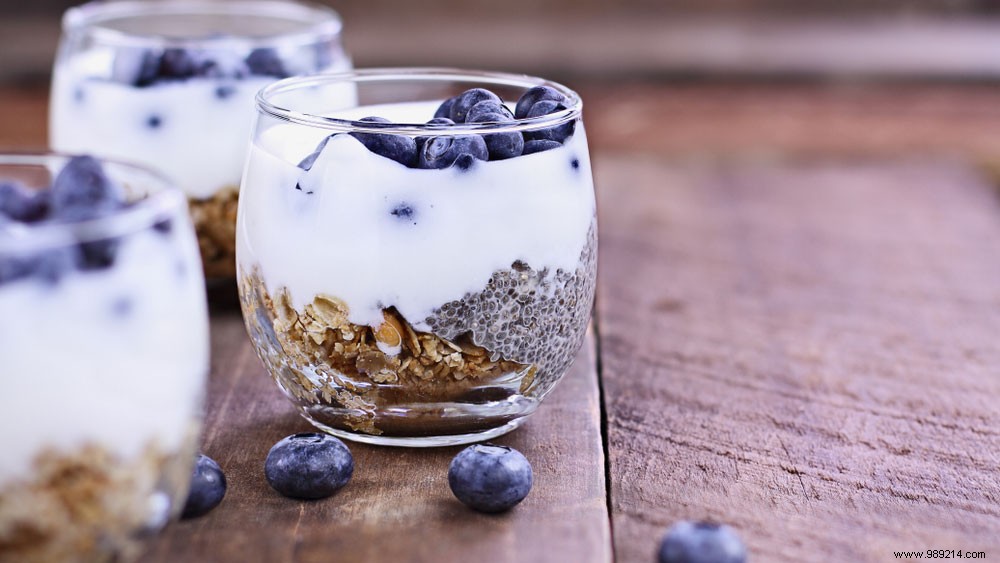
Probiotics are said to kickstart your immune system and reduce bloating. But what about the facts and myths about probiotics?
Probiotics have an effect, but some manufacturers make unfair claims. For example, they suggest scientific evidence that there is not (yet) available. Always check the label as well. Check whether the name of the bacterium is complete:genus, species and strain must be stated. For example, only the Shirota strain of the Lactobacillus casei species has been found to be effective. The statement that a product contains Lactobacillus bifidus says no more than that it is made with cow's milk. Researchers even came across fantasy names on some packaging, such as Lactobacillus sporogenes or Lactobacillus caucasicus.
For proper functioning, you need one to ten billion live probiotic bacteria per day. The effect is optimal after one to two weeks. Like other bacteria, the probiotic bacteria eventually disappear from your body through the stool. So you have to keep replenishing the stock of probiotics. How often that is – daily or weekly – differs per person and is a matter of trial and error.
Some dairy drinks with probiotics are relatively high in sugars. They were added for the taste, not for the efficacy.
Read also: What is the difference between probiotics and prebiotics?
Probiotics have no side effects. So you can't get too much of it. But it is about living micro-organisms that actively work in your intestines. This can cause some stomach cramps at first. According to the Dutch Food and Consumer Product Safety Authority, the elderly, pregnant women and babies can also use probiotics.
This article previously appeared in the March issue of Santé 2017 | Text:Stephanie Jansen | Image:Shutterstock